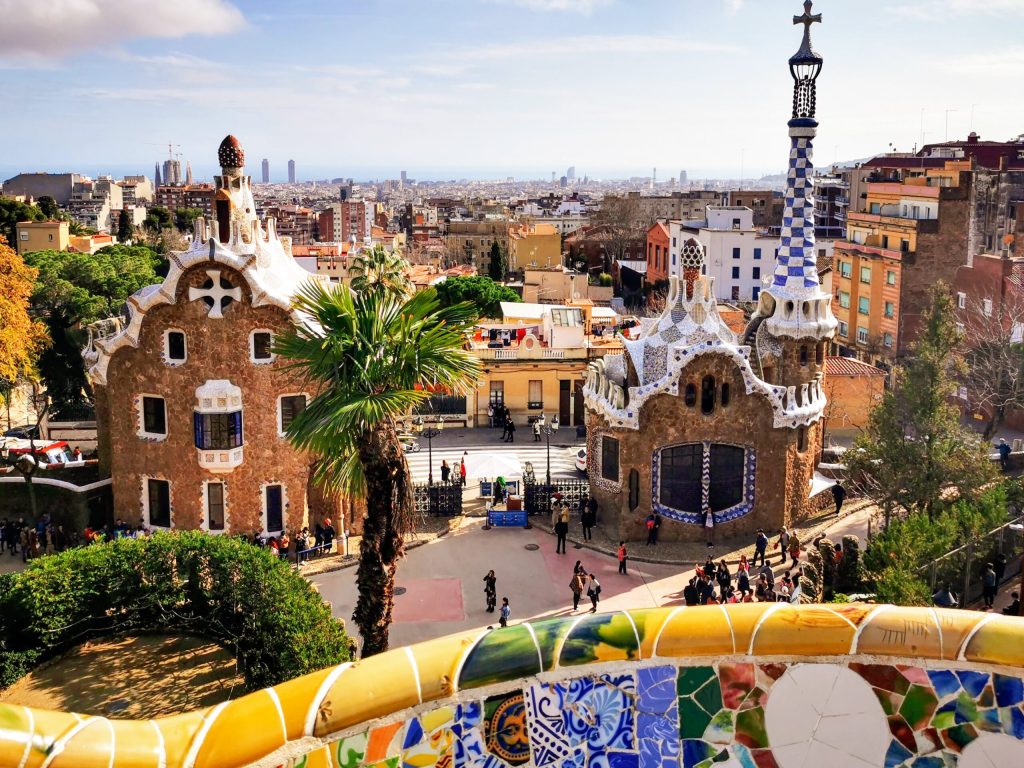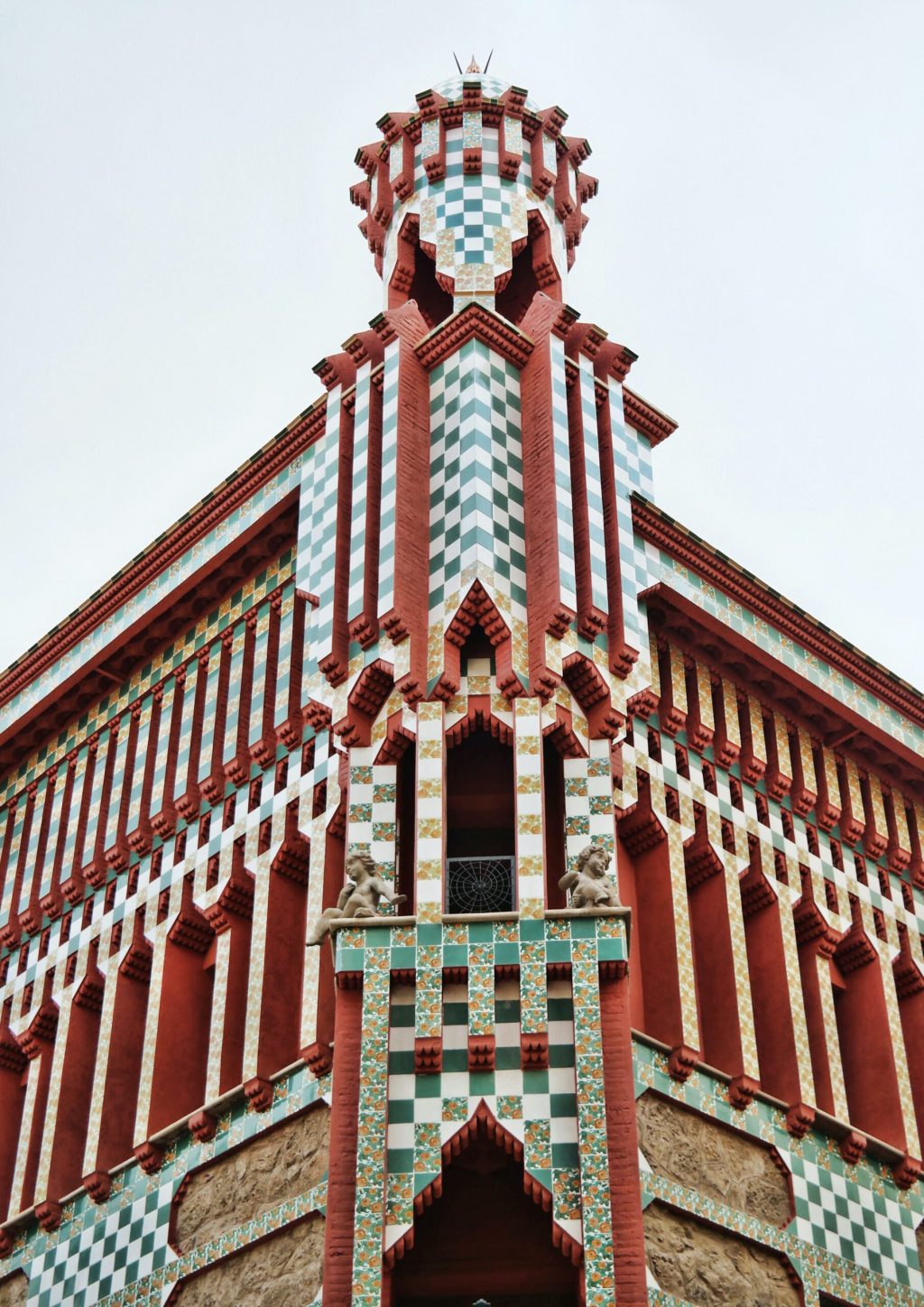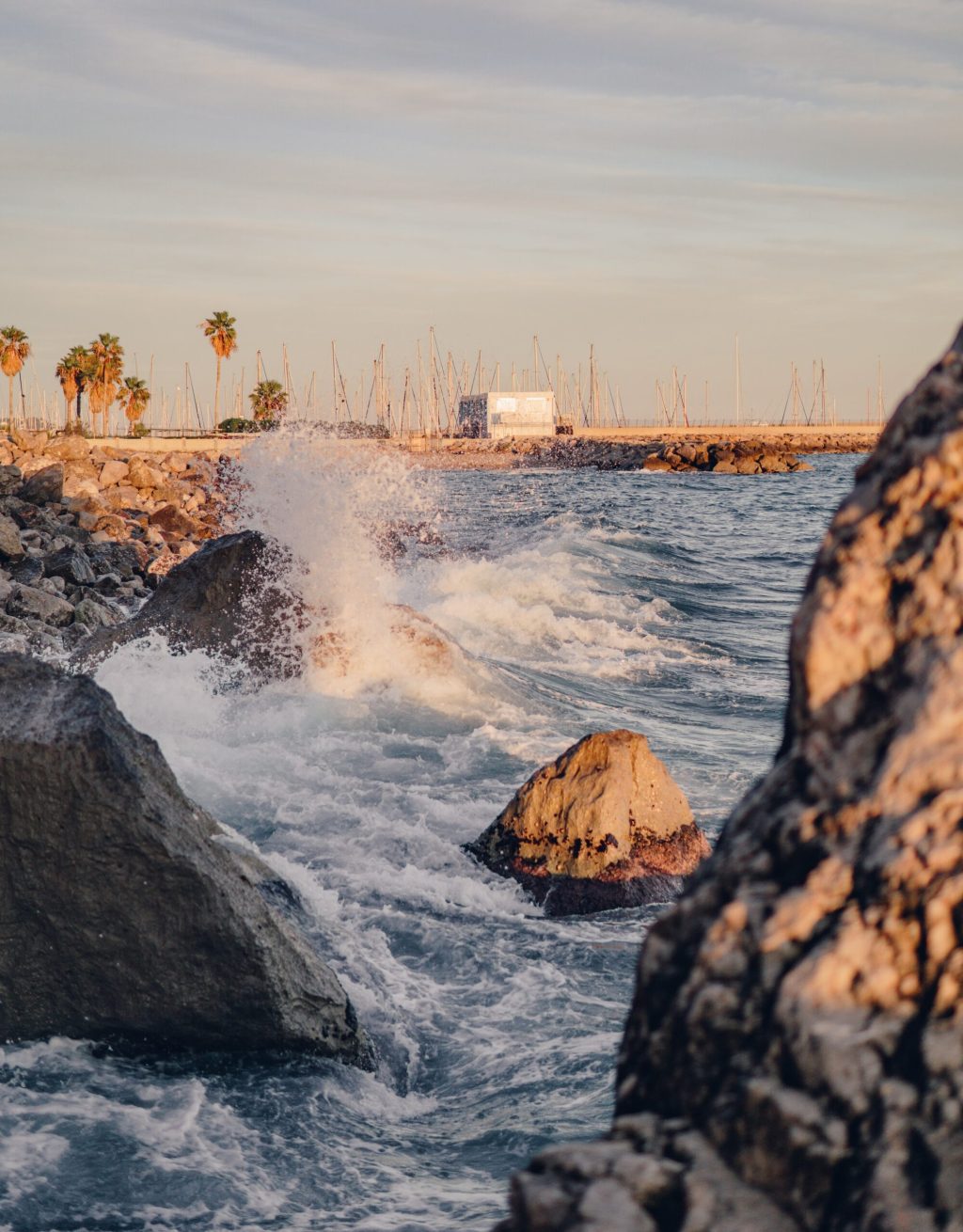5 hidden gems of Antoni Gaudí

You cannot travel to Barcelona without being exposed to the incredible architecture of Antoni Gaudí. The towering La Sagrada Familia can be seen from any corner of the city. Casa Batlló is gleaming along bustling Passeig de Gràcia. The colourful Parc Güell is one of the first images you see when you look up Barcelona tourism. These famous sites are incredible to visit and admire in person, but there are several of Gaudí’s works that are equally impressive, yet don’t receive as much of the spotlight. If you have a special interest in this artist, here are five of the hidden gems of Antoni Gaudí located all around Catalunya and beyond that you should add to your itinerary.
1. Jardins Artigas (1910)
Located outside of the city in La Pobla de Lillet, in the foothills of the Pyrenees, this beautiful garden is a great place to getaway for the day. It features uniquely embellished stone bridges and unexpected artistic features along the rugged and beautiful Llobregat river. It was commissioned by the Artigas family for the land they owned near their textile factory on either side of the river. As Parc Güell was being constructed around the same time, Gaudí used some similar sketches in the planning of this spectacle located in a more natural setting. You’ll feel like you’re in a fairytale exploring this magical place.
2. Colegio Teresiano (1889)
Located in the Les Tres Torres area of Barcelona, el Colegio Teresiano was commissioned of Gaudí by the nuns of the order of Saint Teresa. Built with the intention of austerity and perceived poverty, this building is in great contrast with many of Gaudí’s other, more eccentric creations. Despite this break in character, the element of sobriety and seriousness has an intense beauty and majesty of its own. Ironically, the idea of “poverty” intended for this particular construction actually comes across quite regally, with the contrast of inexpensive red bricks and white parabolic arches supporting the main corridor inside. Visiting this beautiful site is just a quick metro or bus ride from the city centre, and you can even include it in your route to Parc Güell and la Sagrada Familia.
3. Casa Vicens (1885)
True admirers of Gaudí cannot visit Barcelona without visiting one of his breakthrough projects, Casa Vicens, located within the friendly neighbourhood of Gràcia. This beautiful and colourful building was originally commissioned as a summer countryside home for Manuel Vicens i Montaner, a wealthy businessman who worked in the city centre (when it was much smaller of course) and stayed in the once-outlying pueblo of Gràcia with his family on the weekends. It may seem impossible that it was once located in the countryside, but the way Gaudí used so many colours and textures inspired by its natural surroundings makes this site feel like a refreshing oasis within a concrete jungle.

Casa Vicens: Photo by Berk Ozdemir on Pexels
4. Casa Botines (1892)
Constructed in the city centre of León, in the northern region of Castilla y León, Casa Botines is another of Gaudí’s underrated projects originally commissioned by the textile company Fernández y Andrés. Constructed as both a commercial and residential building, this structure has specific entrances that separate the public from private areas, and the interior has a very practical, open layout to accommodate both functions. While the grand, castle-like structure is no longer a residential building, it is now a Gaudí museum and also displays various Spanish works of art. If you have time in your Spanish travels to visit León and Casa Botines, it will be time well spent.

The beautiful coast of Garraf: Photo by Mason Dahl on Unsplash
5. Bodegas Güell (1897)
Along the beautiful Mediterranean coast just south of Barcelona is where this charming, stone combination of a wine cellar, hunting cabin, and chapel rests. Another Gaudí project commissioned by Eusebi Güell, this unique multifunctional structure has five floors total. The two underground levels housed the wine, the first floor was for the servants and workers of the property, the second level was the family home, with the chapel at the very top. If you are looking to get out of the city but stay near the coast, stop at Bodega Güell to dine within the walls of yet another of the great architect’s hidden gems.
Interested in exploring some of these sites and learning more about Gaudí with an expert guide? Check out our city tours or get in touch for a fully customised tour!
